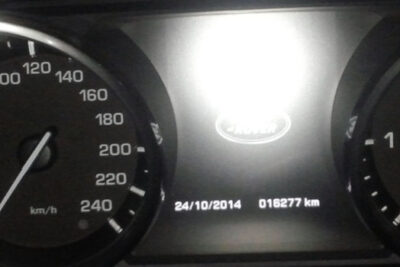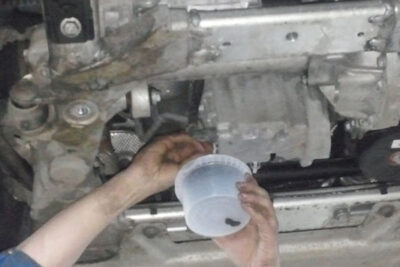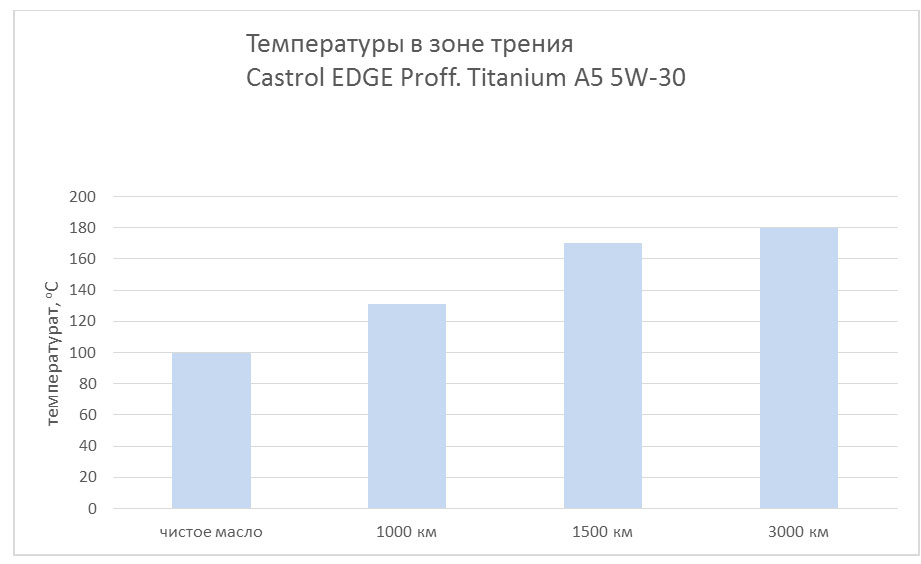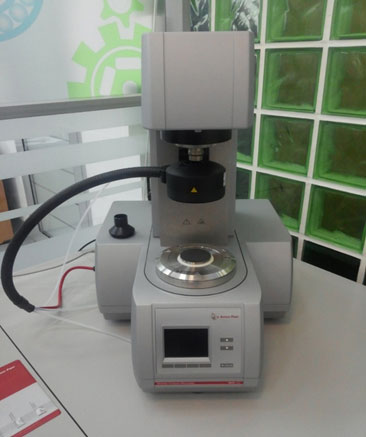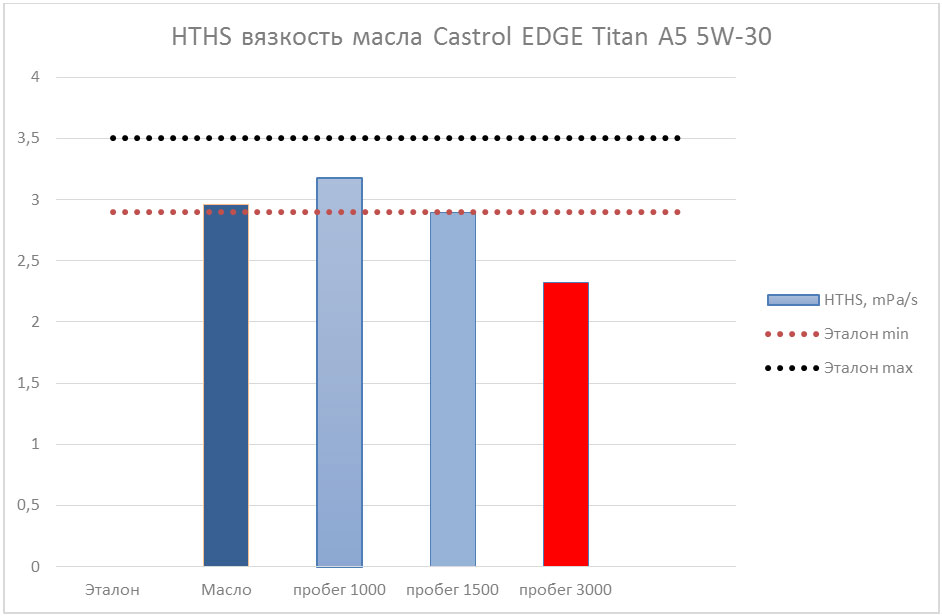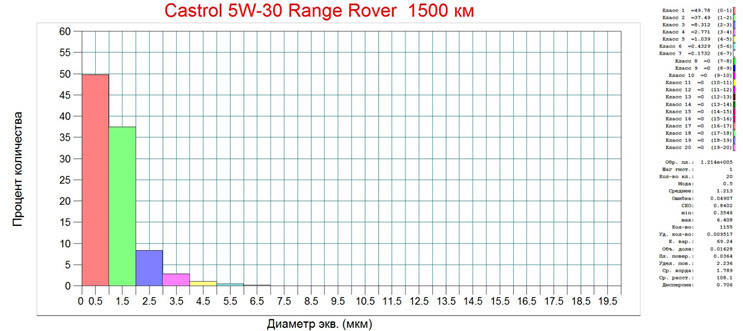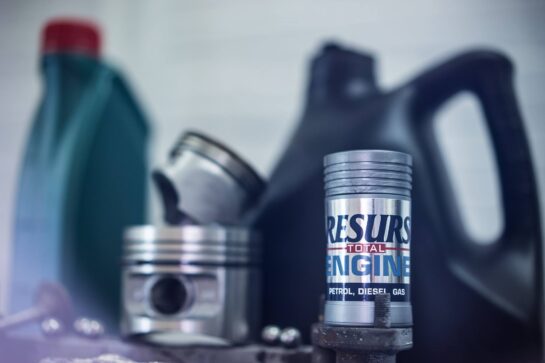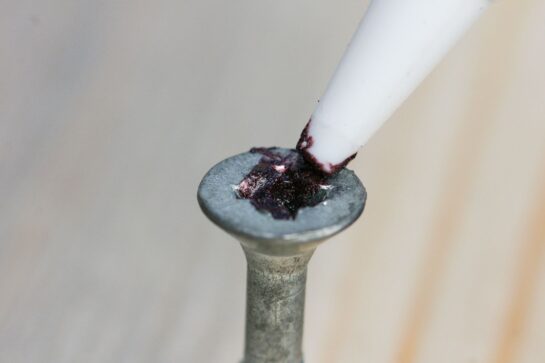How was «fighting» and «dying» the motor oil
The issue about the quality of modern motor oils and that, what happens with them during the exploitation in the engine interests not only professional mechanics.
Many car owners do not even think about the quality and kind of motor oil which was poured by their dealers, completely trusting to professionals. But are you sure, that poured oil conforms to operating conditions, that it will provide your engine with reliable and long service life or maybe you need to change it more often? It is very difficult to give absolute answers to these questions.
We will try to answer on these questions. We estimate the properties of the motor oil from car Range Rover Sport each 1000-2000 km. We will see changes of its properties:
1. Tribological Characteristic
2. Oxidation Degree
3. HTHS-viscosity (viscosity of oil at high temperatures and shear velocity)
RR Sport Car, turbo diesel, 3l, 292 h.p., 2013 model year.
The oil, which was poured in the engine by official dealer, is Castrol EDGE Proff. Titanium A5 5W-30.
We have poured oil from the engine to the can in order to make an analysis. It had dark color and there were found non-magnetic metal particles on the bottom of the can. It seems a strange thing, because the car run only 16 227 km, and after maintenance and changing of oil it run only 1000 km. Car has driven on for another 500 km for 3 days and we decided to take another samples of oil for the test. Amount of cuttings in a new sample was much smaller, but it still was. All samples were passed to the laboratory for investigations, results are presented below.
Tribolgy
Tribolgy is the science of friction and wear of details and mechanisms. Tribological properties of motor oil were tested in the friction machine II5018M, which imitates working conditions of piston rings. The friction temperature of 2 types of motor oil: new one and already used oil was compared and estimated.
Temperature in the friction zone was measured by friction machine I5018M, where used 2 details, which imitated the friction between piston wall and piston ring, also there were used the motor oil, which was poured from the engine. Usually, this kind of test should be made with use of new motor oil, not with used one, but used motor oil and new one have different properties. New oil after operating period in engine loses its properties, because of saturation by combustion products.
The temperature in friction zone increased up to 70 C after 1500 km of running. It proves that properties of used motor oil were worsened in comparison with new motor oil from the package.
Oxidation also could cause the loss of tribological properties. That is why our next step was the test of oxidation degree with the infrared spectrometer.
Oxidation of oil
Measurments of oil Сastrol EDGE 5W-30 which were made by infrared spectrometer
Increasing of peaks at wave numbers, specific for carboxide (1710 – 1740 cm-1), was not occurred. It means that oxidation degree of motor oil did not increase. But there were decreased tribological properties of oil. Why the oil tribology was changed for a worse? We will give the answer on this question later.
HTHS – high speed viscosity
In order to understand what does HTHS mean, imagine that you are painting the fence at a speed of 16 km per second at 150C. That is the cosmic condition of motor oil work. This characteristic determines the efficiency of motor work and depicts the development of SAE standards.
That is the definition which denominates the thickness of oil film on superficies of motor details. There were standardized ranges for each type of oil and they do not depend on the manufacturer brand. The range which was standardized for oil 5W30 is 2,9-3,7. In case if this range is lower, it will cause increasing of motor wear, if this range is higher-reduction of efficiency.
We have measured HTHS viscosity with riometer Anton Paar MCR102 at the normal working temperature of the piston – 150ОС and maximum possible shear velocity Υ ̇ = 105 с-1
HTHS-viscosity of new oil should be on the border of compliance to international standards SAE J300. This border is marked by red in the picture. HTHS viscosity in the sample of oil with 1000 km mileage has increased. In the absence of oxidation, it can be caused by pollution of oil by combustion products-ultrafine soot.
Soot particles in oil
Motor oil becomes black on the first kilometers of running, this fact does not surprise. Some car owners think that it is caused by perfect washing properties of motor oil. But it is caused by soot, and soot is very harmful, because it turns into abrasive, which can damage your engine. The big amount of oil additives contains abrasive particles, so you do not need to add this kind of additives.
Also, there are many soot in mining truck, where it poses a real threat for engine. Moderate size of soot particles in the oil is 0,5-2 mkm .This particles color the oil into the dark even at low mileage especially in diesel engines.
Intermediate Conclusion
Conclusion. Probably appearance of metal particles in the engine was caused by decrease of oil viscosity. Viscosity of motor oil decreased, because could not resist to combustion products.
We will try to undo oil properties with the help of HTHS-stabilizer P14, produced by VMPAUTO, in our nest test.

